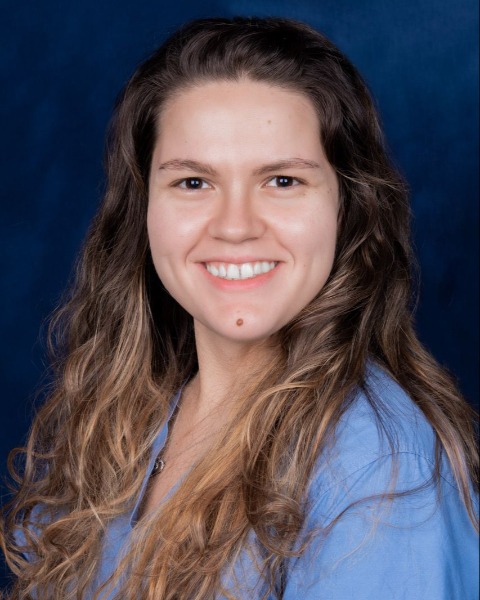Newborn Care 2
Session: Newborn Care 2
257 - Baby Steps and Big Bias: A Quality Improvement Project to Reduce Racial Disparities in Newborn Drug Testing for Prenatal Substance Exposure
Sunday, April 27, 2025
8:30am - 10:45am HST
Publication Number: 257.3832
Amanda S. Costa, University of Michigan Medical School, Plymouth, MI, United States; Kayla Gonzalez, University of Michigan Medical School, Ann Arbor, MI, United States; Maria S. Skoczylas, University of Michigan Medical School, Ann Arbor, MI, United States; Geetha Mogasala,, Michigan, Novi, MI, United States; Bethany Mohr, University of Michigan Medical School, Ann Arbor, MI, United States; Niko Kaciroti, University of Michigan Medical School, Ann Arbor, MI, United States; Alex Peahl, University of Michigan Medical School, Ann Arbor, MI, United States; Lauren Oshman, University of Michigan Medical School, Ann Arbor, MI, United States

Kayla Gonzalez, MD (she/her/hers)
Pediatric Hospital Medicine Fellow
University of Michigan Medical School
Ann Arbor, Michigan, United States
Presenting Author(s)
Background: Prenatal substance exposure is associated with harms to newborns and their families. The Michigan Child Abuse Prevention and Treatment Act mandates a Child Protective Services (CPS) report for any suspected amount of illicit substance in an infant. CPS reports can assist families in accessing substance use treatment but have also been associated with future adverse outcomes. Studies have found that reports to CPS disproportionately affect Black families.
Objective: At a Midwest institution, a retrospective cohort study of births from 2014-2020 demonstrated that our clinicians ordered meconium drug tests on 11.3% of Black infants compared to 4.7% of White infants (OR 2.72; 95% CI, 2.37-3.13). Qualitative interviews with health care professionals identified structural racism as a possible driver of the disparity. The institution did not routinely perform prenatal urine drug testing and lacked a standardized guideline for newborn drug testing, leaving the decision to the discretion of the provider. The aim of this quality improvement study is to eliminate racial disparities in drug testing for substance exposed newborns within 12 months in order to create an equitable, respectful and positive experience at the institution.
Design/Methods: After convening a multidisciplinary team, we identified lack of standardized policy and clinician education as key drivers of the disparity. PDSA cycles included developing a policy to standardize indications for meconium drug testing, implementing an order set, and building a quality improvement (QI) dashboard. Descriptive statistics regarding testing rates and indications for testing stratified by race and ethnicity were performed.
Results: Results showed that the rate of testing of Black newborns increased from 5.3% pre-policy to 9.1% post-policy and white newborns increased from 3.2% to 3.8%. Reasons for testing differed by race; testing for late prenatal care after 20 weeks accounted for 19.4% of all tests performed for Black newborns compared to 7.1% of all tests for White newborns. Testing for isolated marijuana use as the only indication for testing increased from 4.5% to 7.2% for Black newborns and remained stable from 2.6% or 2.7% for white newborns.
Conclusion(s): Implementing a standardized policy and order set widened the disparity between Black and White newborns and increased testing rates for all newborns. Most tests were done for cannabis exposure. Future QI efforts will include reevaluation of our institution's approach to prenatal cannabis exposure and drug testing.
Percentage of Black Infant Receiving Biologic Testing
.png) Implementing a policy did not reduce drug testing rates for Black newborns and increased testing rates for all newborns.
Implementing a policy did not reduce drug testing rates for Black newborns and increased testing rates for all newborns.Stratification of drug test by race
.png) Table of drug testing by race pre and post policy implementation.
Table of drug testing by race pre and post policy implementation.Testing for Black newborns increased: 6.3% (2022) to 9.4% (2023)
Testing of white newborns increased: 3.4% (2022) to 3.9% (2023).
Explanatory framework
.png) Explanatory framework of potential influences of structural racism on health care professional decision making in newborn drug testing.
Explanatory framework of potential influences of structural racism on health care professional decision making in newborn drug testing. 
